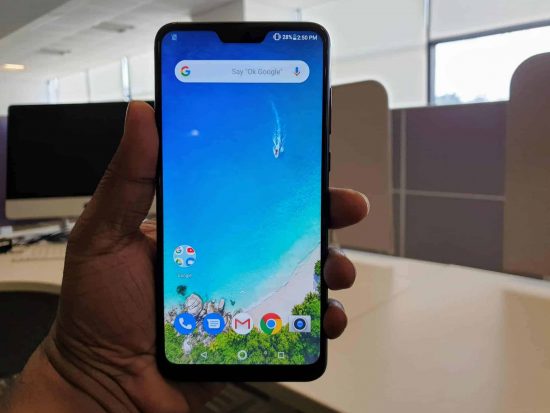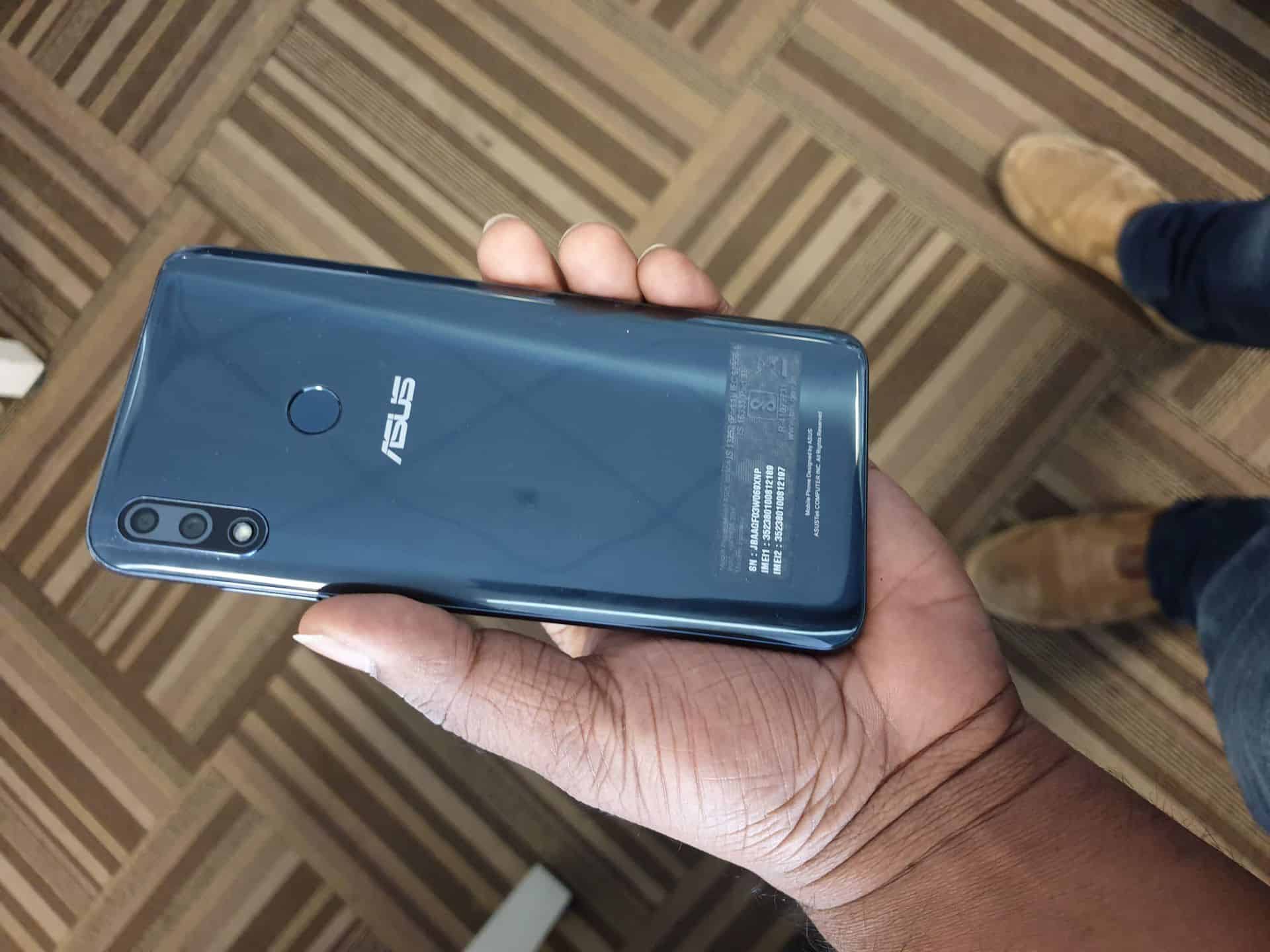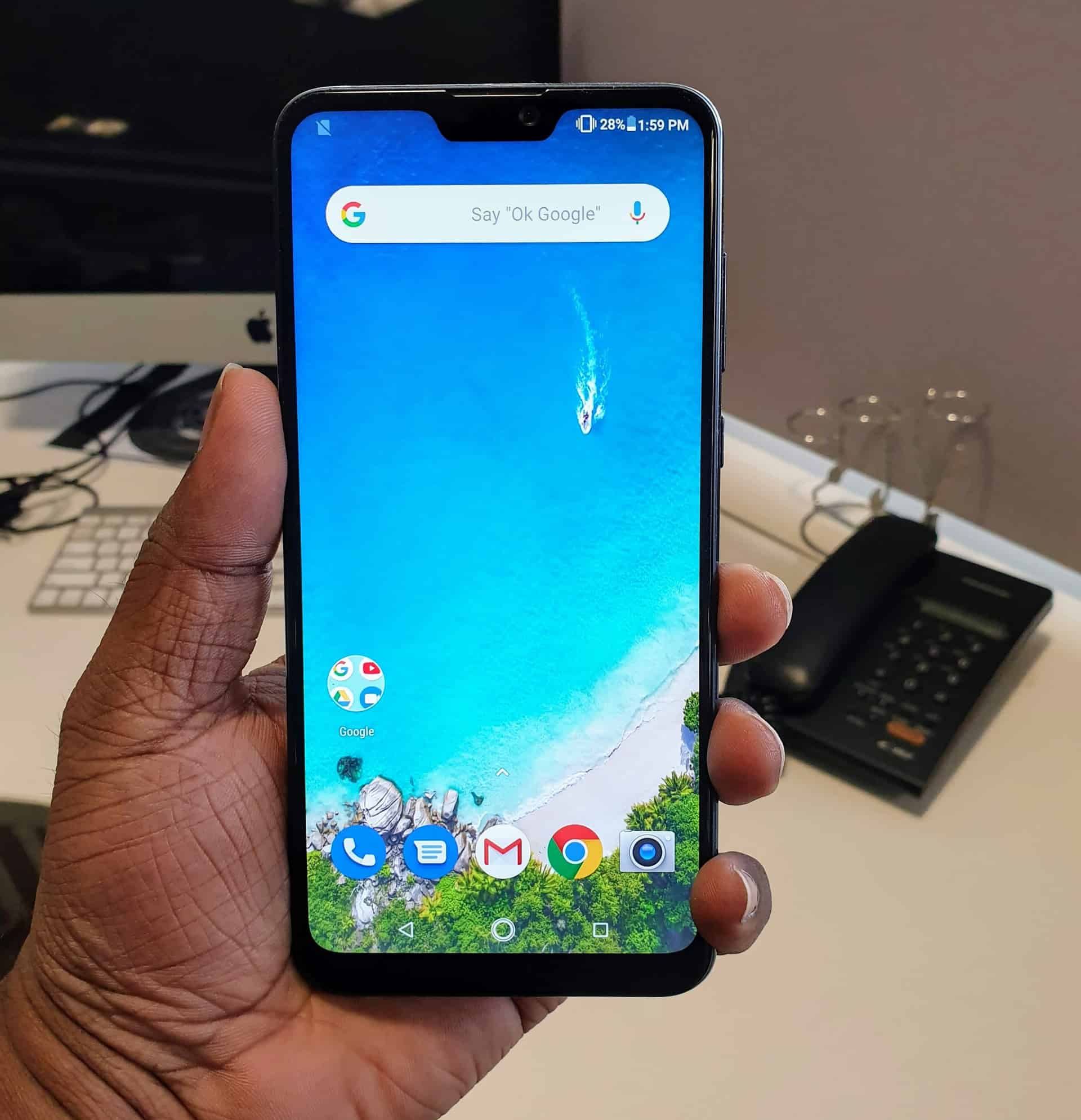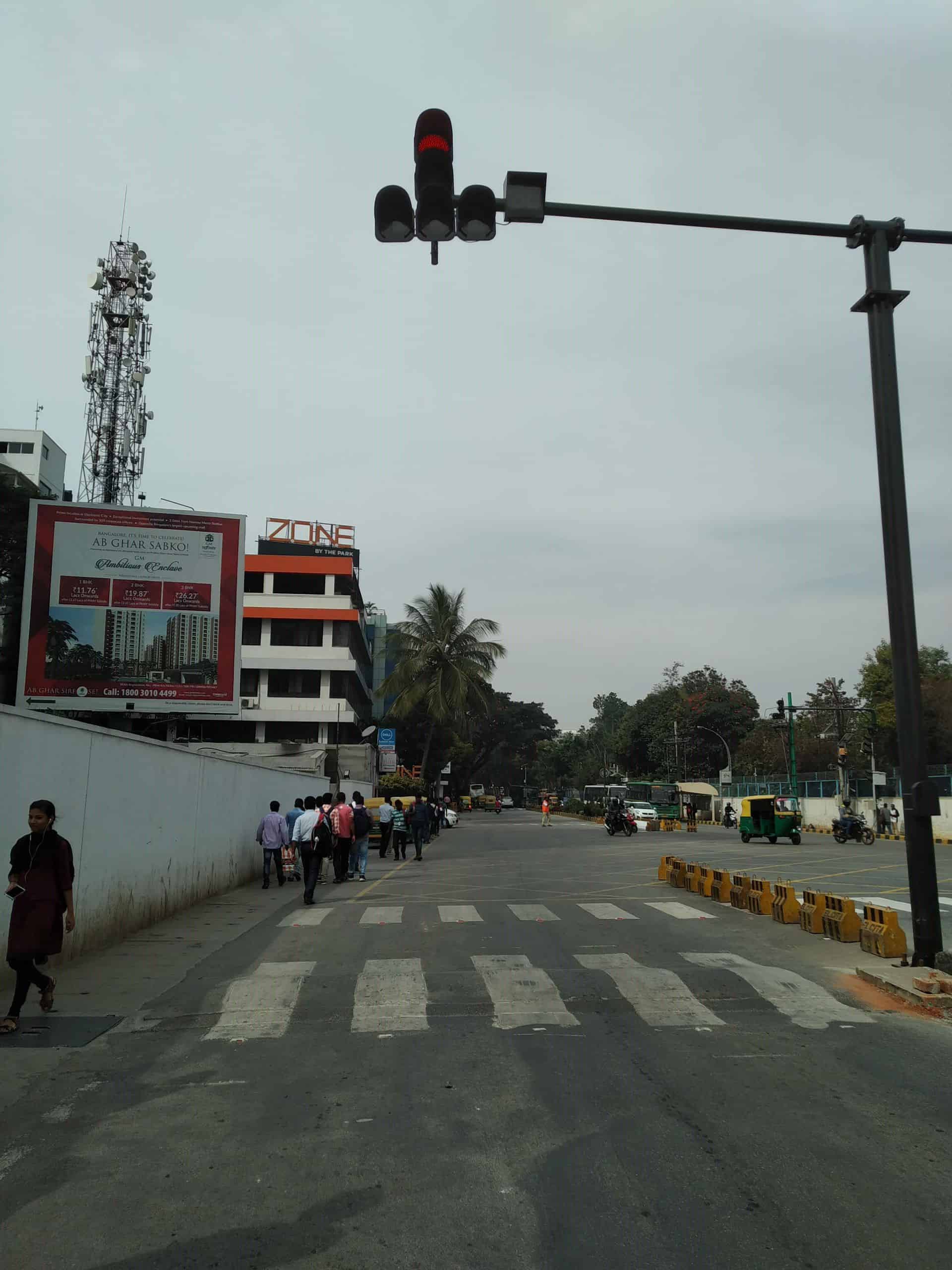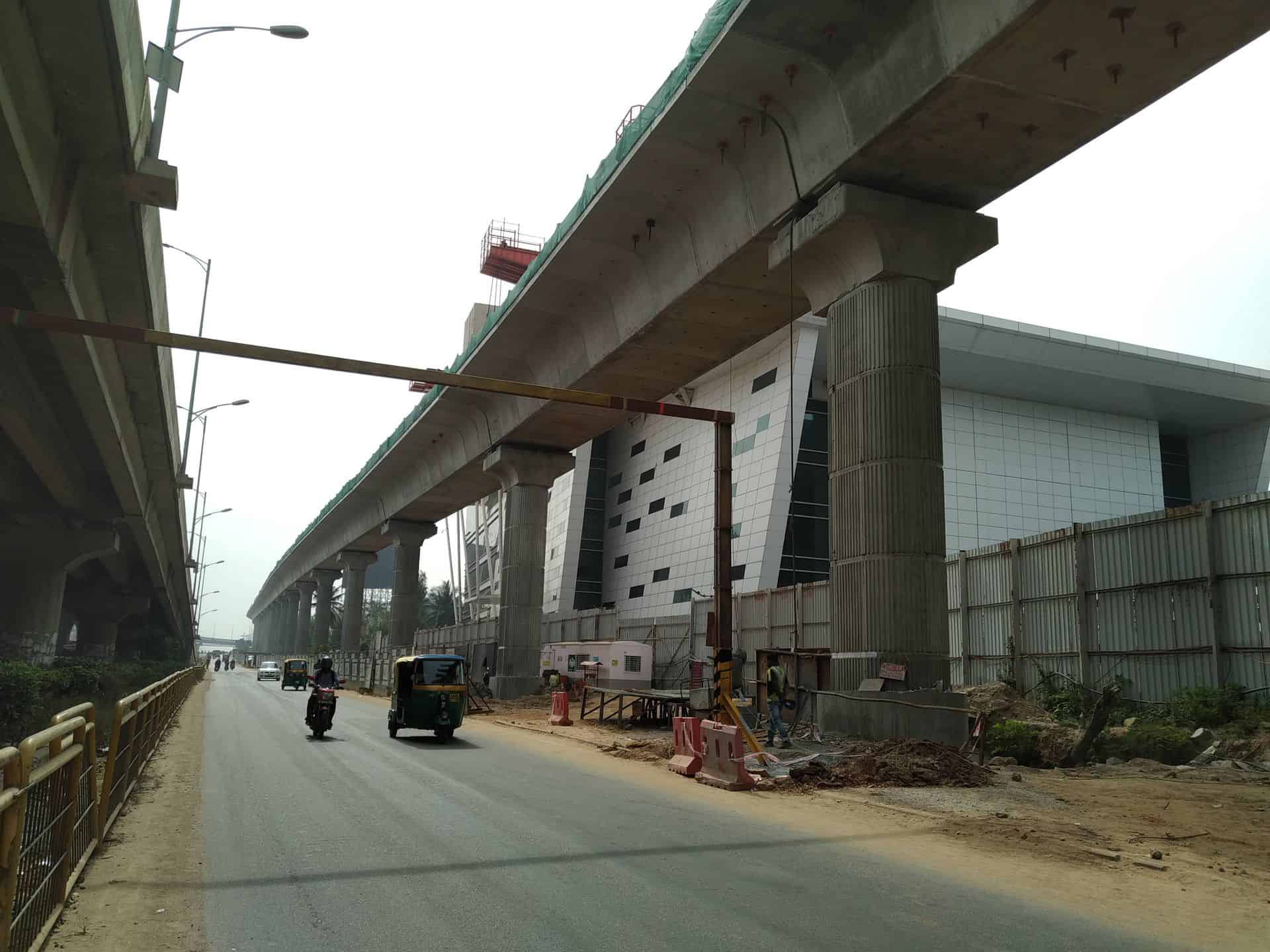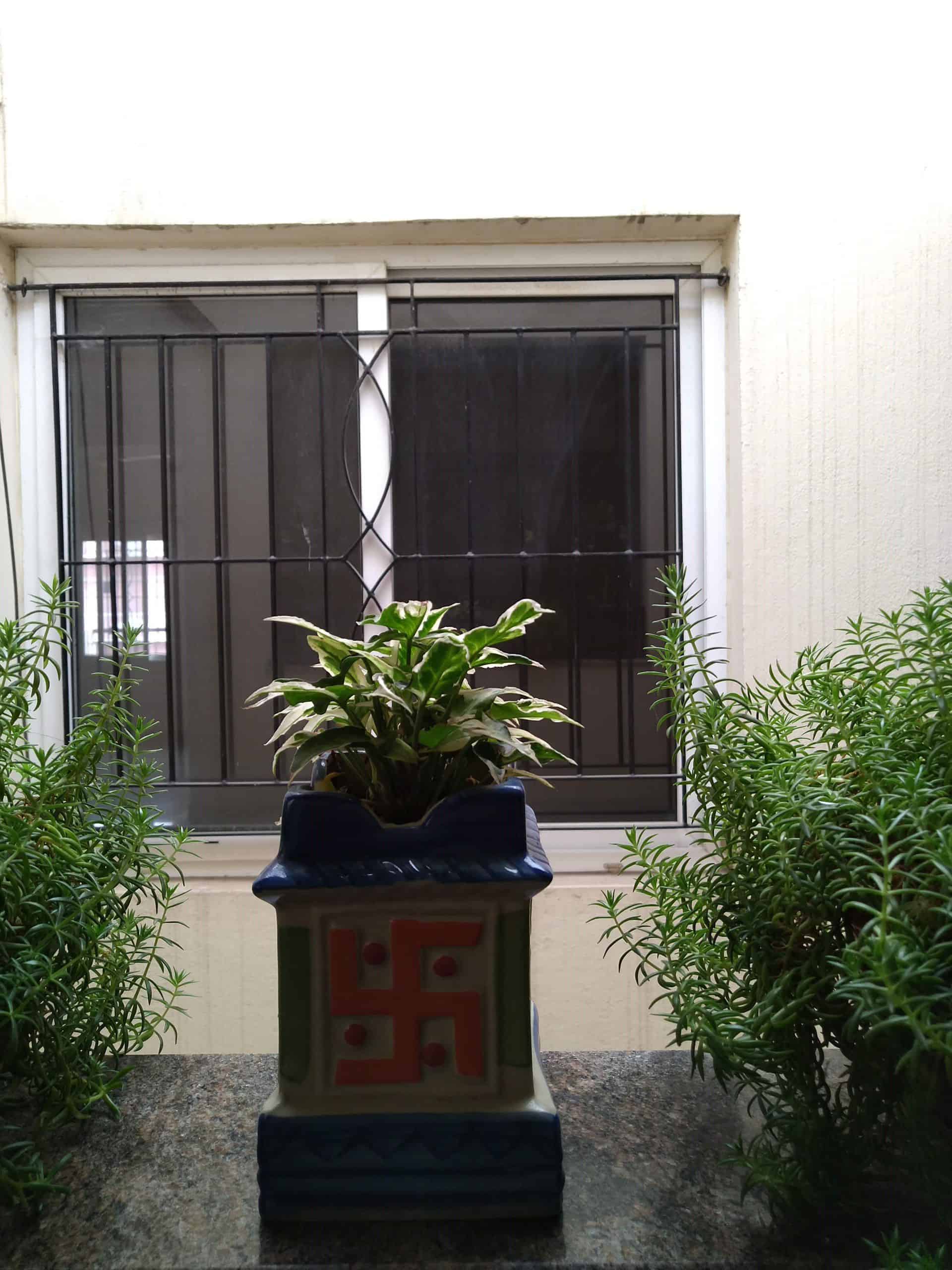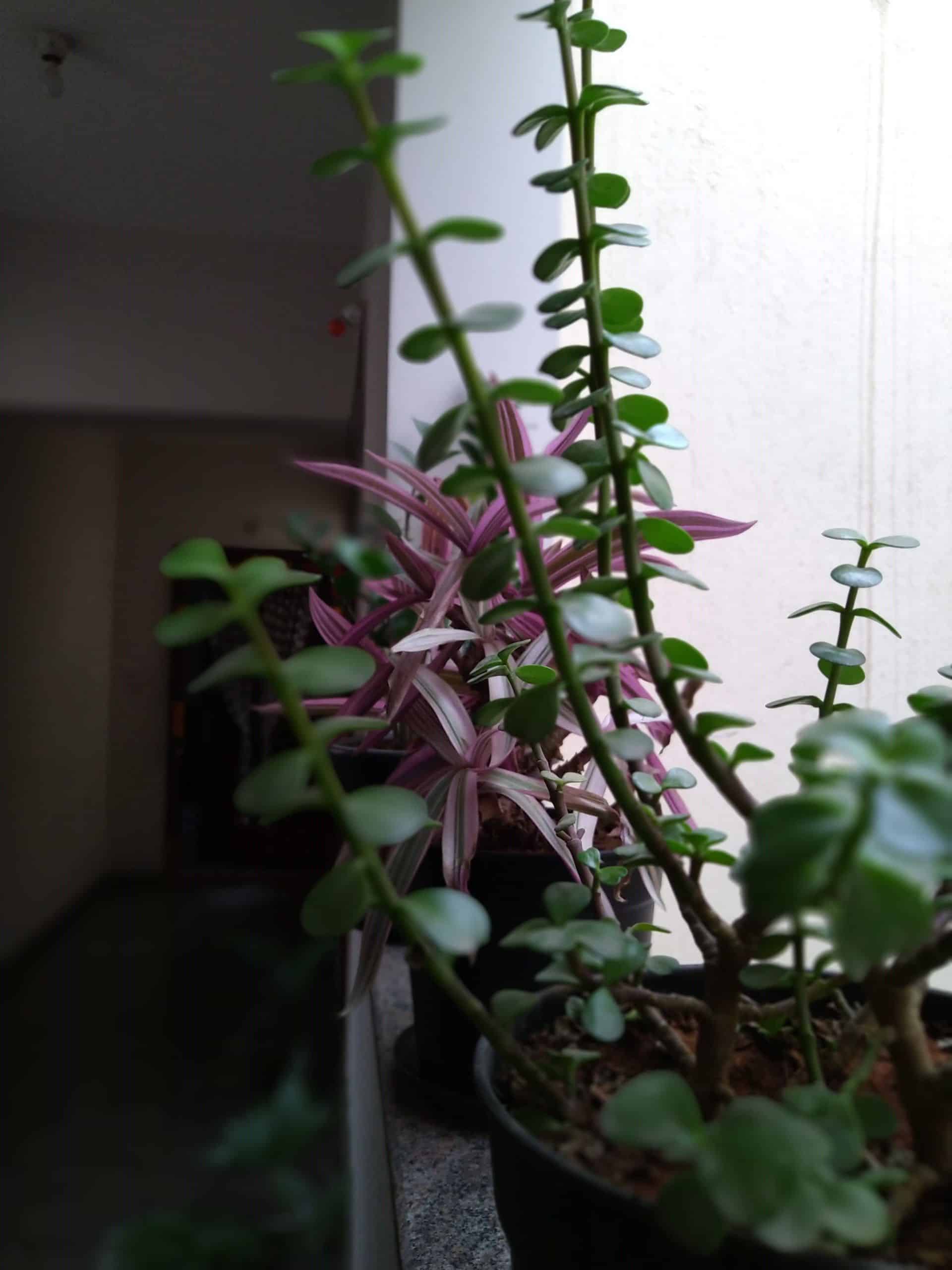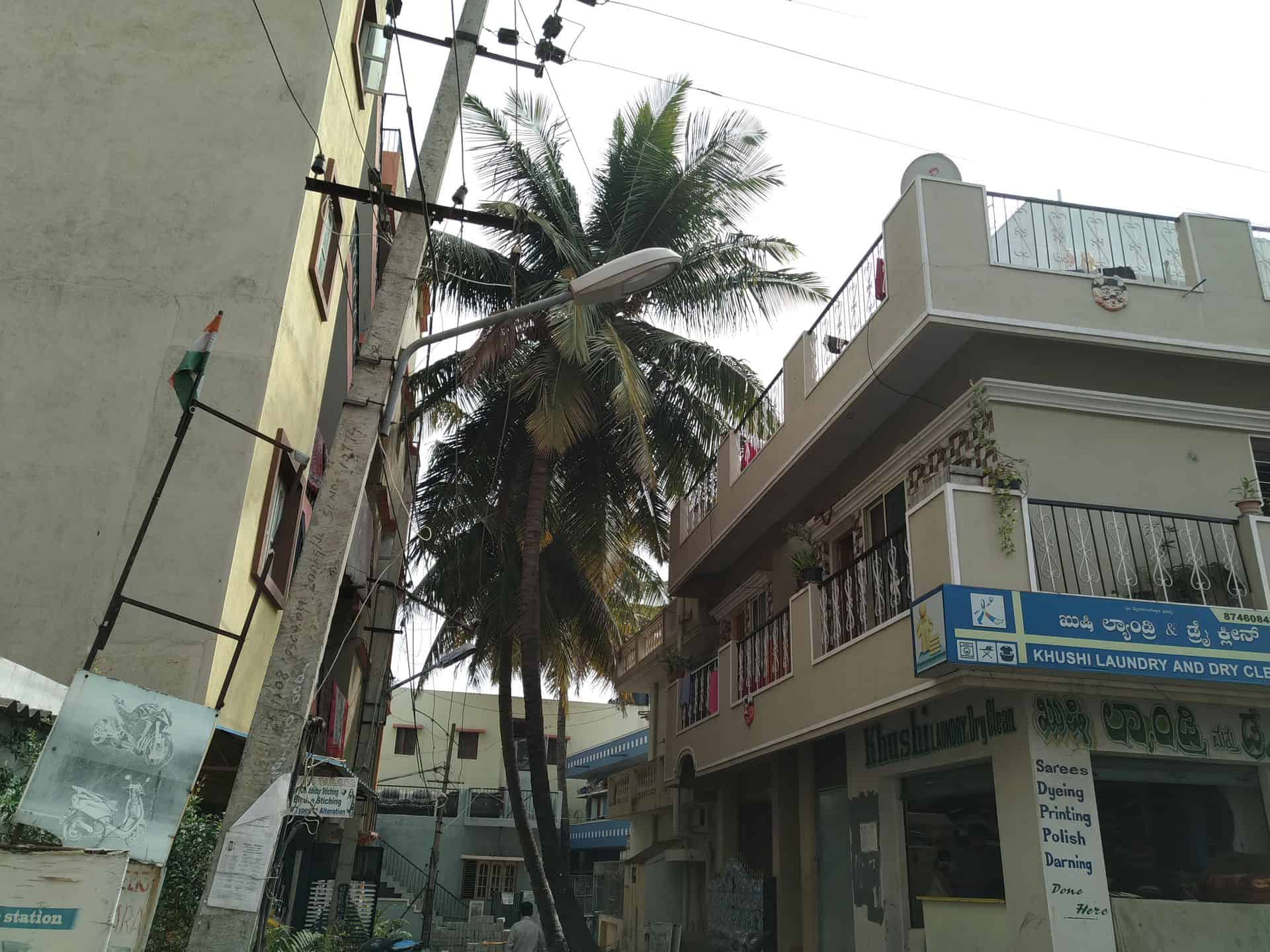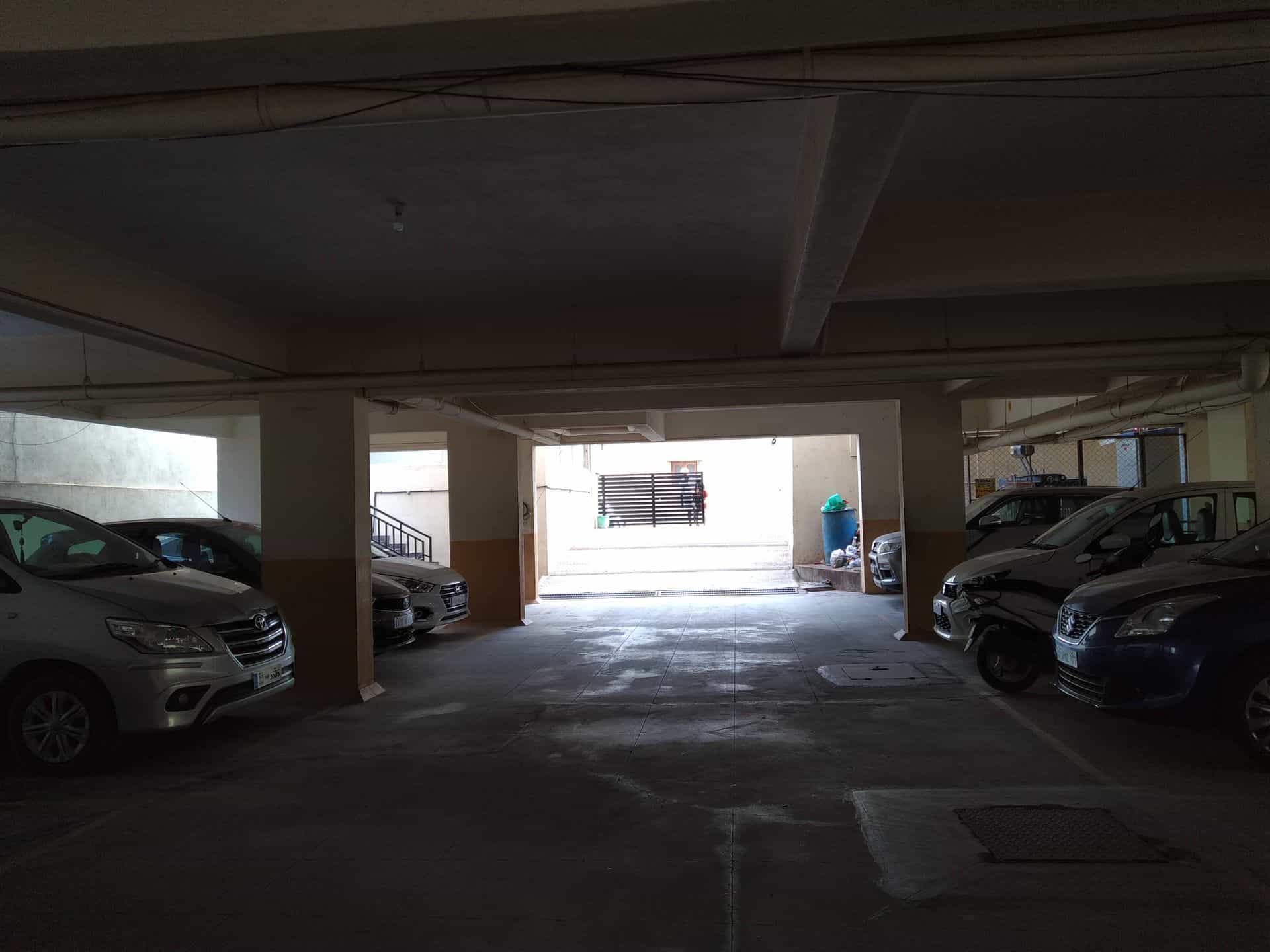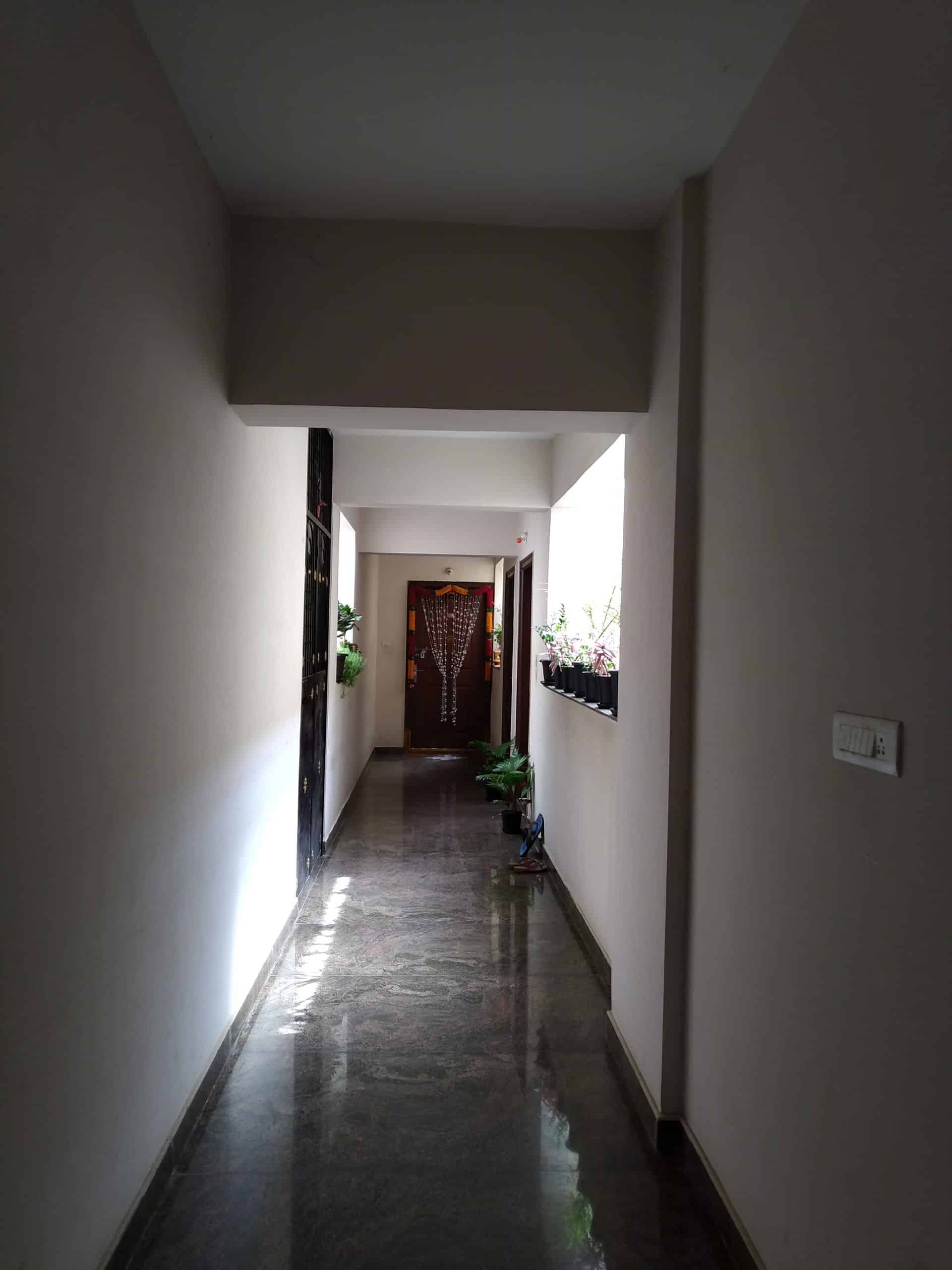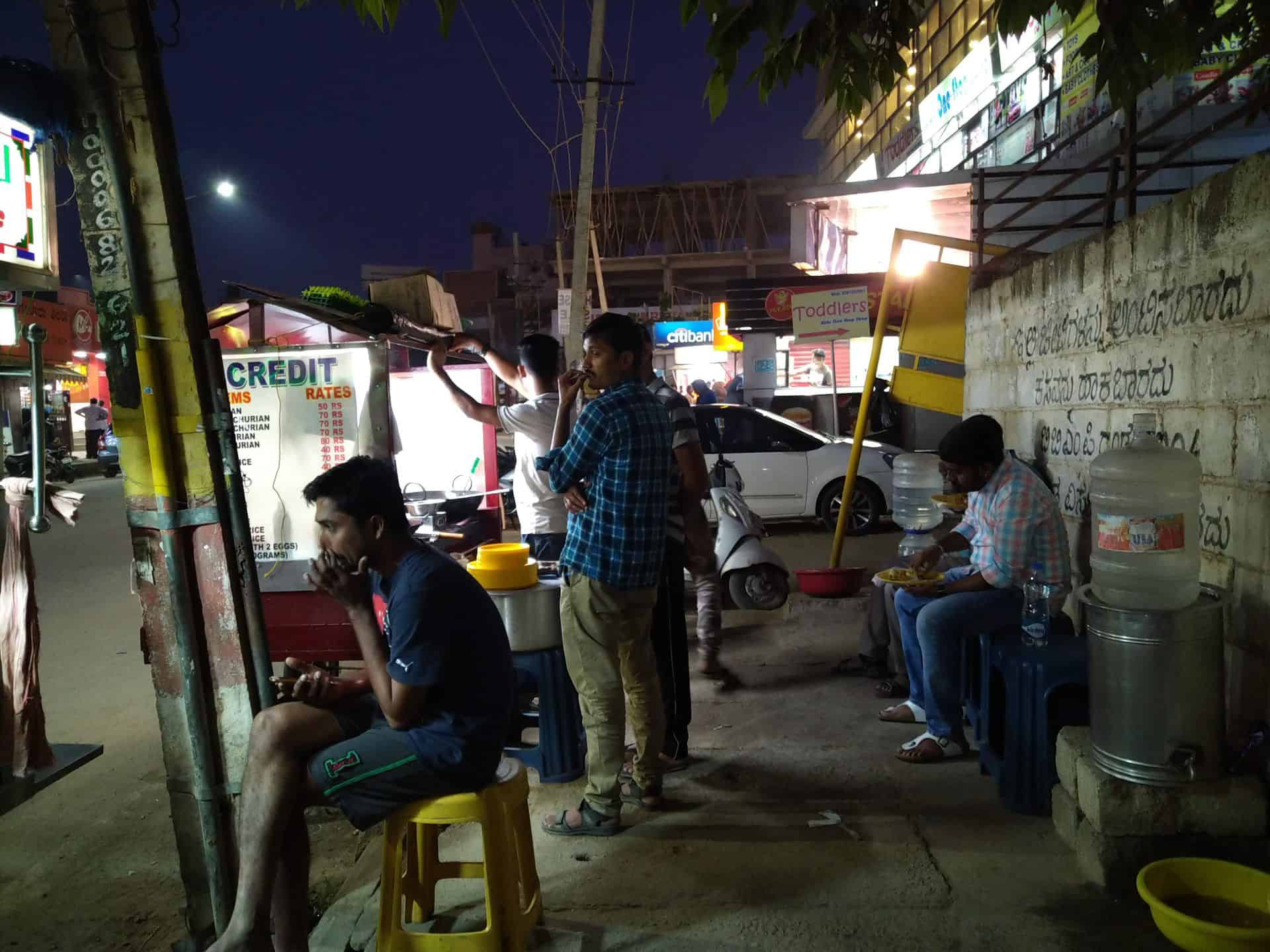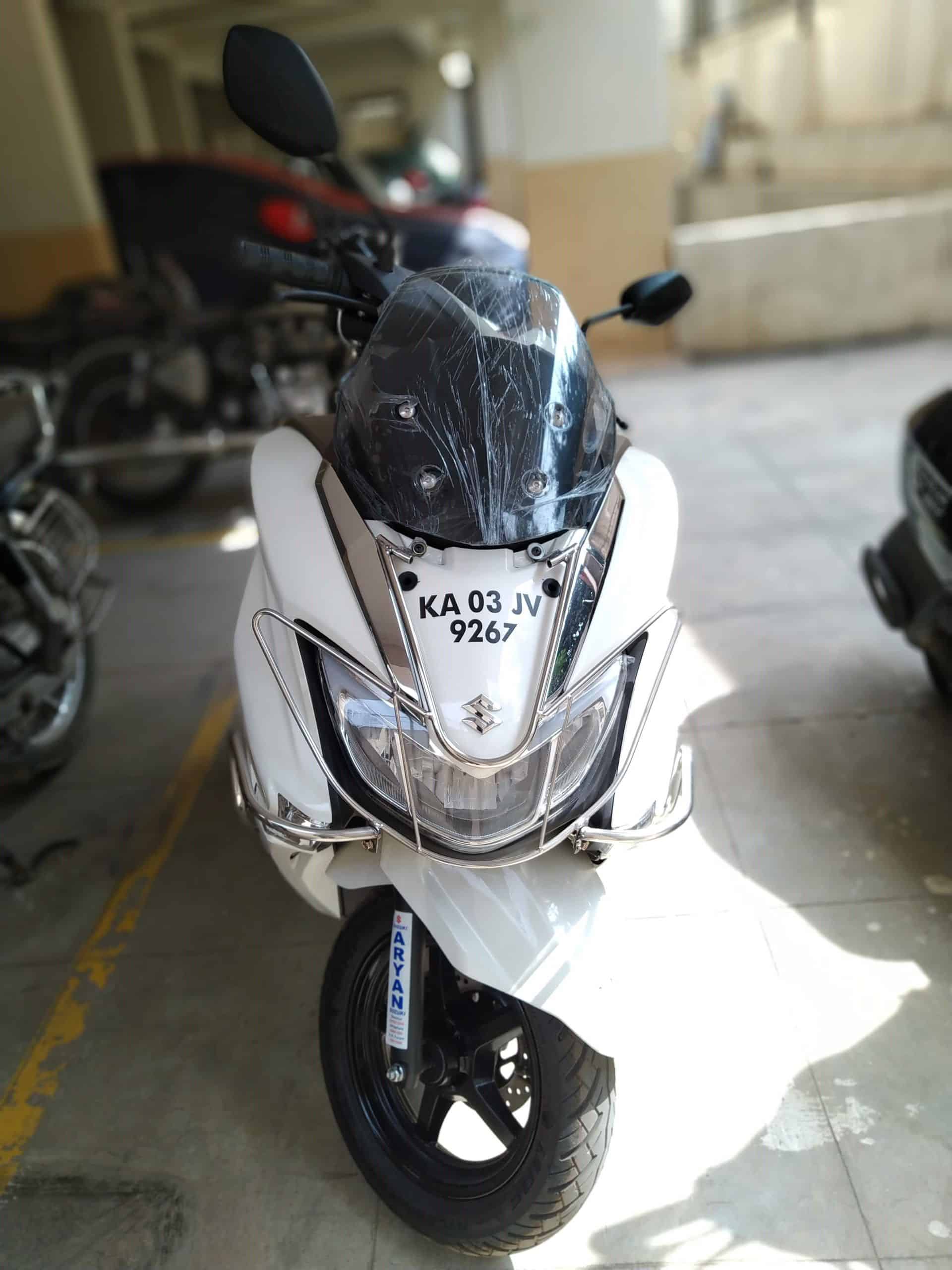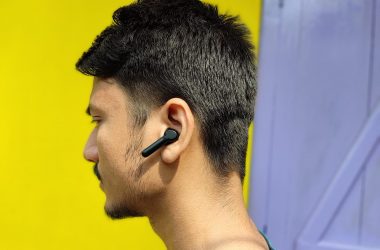A couple of days back, I’ve posted my first impressions & hands-on review of Zenfone Max Pro M2 which has allegedly set fire to the budget-end smartphone market. On one side, Xiaomi is dominating the budget-end mark with Redmi Note series, and on the other, RealMe and Honor are dominating, but out of nowhere, Asus has announced their next iteration to Max Pro series with kick-ass pricing, and that’s why the market is on fire now.
Keeping the pun aside, let’s focus on ‘whether Zenfone Max Pro M2 truly lives to their brand campaign – #UnbeatablePerformer or not’? For that, let’s head over to my complete review. Nah, not gonna bore with explaining specs.
Zenfone Max Pro M2 Review
Unlike the Max Pro M1, the design of Max Pro M2 resembles a couple of other flagships from Zenfone and I totally mean in terms of design aesthetics. The glossy finish on the rear gives a premium feel when holding it. It’s not that slippery, but I recommend using the TPU case that came within the box..coz you know – dust.
The display is quite vivid for the price tag, and definitely, an improvement compared to the predecessor. The Corning Gorilla Glass 6 is definitely an asset in the phone, and it does compliment the overall build quality of the phone. Although I kept the phone along with a couple of keys, there weren’t any visible scratches on the display. Now it all comes down to one question – Do I need to have a screen protector? Well, It’s up to you. If you are overprotected, unlucky, then yes – you should definitely have a screen protector on the Max Pro M2.
A notch on Max Pro M2
Now that we’re talking about the display, let’s also talk about the ‘Notch’ of Max Pro M2. When it comes to budget-end phones, the majority of the brands adopts the trends very loosely, and Max Pro M2 is not an exception. I remember when Zenfone 5z was introduced, Asus was very confident that the notch on their phone has special functions like gestures. So, besides housing, the front-camera, speakers and some sensors, the notch does have a function in their flagship phone. But on Max Pro M2, it’s mostly to house the front-facing camera and proximity sensor.
What I really mean is the display aspect ratio is still 18:9 and not 19:9. Let me explain a bit more. It’s quite common to see the top layer at the notch part mimicking the same color as in the application you open, but when it comes to gaming or watching videos [especially on YouTube], the video aspect ratio should cover the notch edges too. In the case of Max Pro M2, there’s no way you can zoom to that level. Even in the gaming, it’s just stuck at the 18:9 aspect ratio [which you’ve already experienced in Max Pro M1], and there’s no option to enable the fullview. So, even though the notch is present, it’s still absent. Get it?
Camera
Before I even begin, the camera UI is still quite bad. There’s no exposure control, and you can’t insert grid lines. So, yeah! totally wait for the GCAM mod. Nonetheless, the quality was pretty great.
Whatever shots I’ve taken using the rear camera turns out to be good. Although they all look a little dark, a little tweak in the brightness would fix it. The HDR mode is as par my expectations, but the night mode is pretty bad. There’s too much noise in the shots taken in this mode. So, I totally recommend using auto mode.
The bokeh effect was also quite good, but the edges still need refinement. I mean, the focus was good, but the edge detection still needs some improvement.
The selfies were top-notch. All you need is more light, and bam you get a flawless one, but there’s one condition you need to meet and it’s to turn off the beauty filter. I also didn’t turn ON the flash LED on the front-cam because you know…they spoil the fun.
Note: The images attached here are scaled-down to improve the page speed, and you can find the originals and more samples here in this Photos Album.
Performance
As explained previously in my hands-on review, I’ve not faced any lag or sluggish when using the phone. Thanks to its stock UI, my experience was quite satisfying. Even when gaming, I was able to switch quickly between applications and resume the game as it is. Honestly, I don’t have any problems in terms of performance. Snapdragon 660 SoC is indeed one of the most power efficient chipsets from Qualcomm, and coupling it with a bloatware-free, Stock Android UI has further improved the Max Pro M2’s performance.
In the gaming side, I did play a couple of high-end games and it was quite a smooth experience. However, on increasing the quality to high, the graphics rendering was not up to the mark. I always felt like there was a delay in the frame rate, and even the sound was weird. But on reducing it to the default setting, everything was quite normal. It seems you can play the game on high quality, but the quality you expect is not what you get from Max Pro M2. Also, I did notice a bit of heating on the rear side when playing it on high settings, and It’s quite common.
Battery Life:
This could be the biggest asset in the Zenfone Max Pro M2. Featuring a 5,000mAh battery and at the same time, keeping it lightweight is truly an achievement.
- In my general usage, the phone lasted for more than 2 days, and still had power left for a couple more hours.
- In terms of gaming, I’ve noticed that the battery discharge was 2% while playing a high-end one with default settings, and almost double the discharge value when in high-quality settings.
- Streaming video content on YouTube doesn’t give a heartbreak too. I’ve played YouTube for almost 2 hours with a couple of breaks, and the discharge was at 8-10%.
- Using the GeekBench Pro, I’ve also done benchmark tests for battery life, and after analyzing the values, the result was quite great. There’s almost 12% of discharge [average] for every hour. This also says that the screen-usage time could be more than 8 hours
Overall, the Max Pro M2 exceeded my expectations in battery life.
Pros & Cons of Zenfone Max Pro M2
Pros
- Build Quality
- Camera
- Sound Quality
- Battery Life
Cons
- Camera UI
- High-end Gaming [sluggish/lags]
Overall Verdict
What can I say? It’s the end of the year, and Asus closed it pretty well. The Zenfone Max Pro M2 is truly a master of all with a couple of compromises. If you always wanted a power-efficient, bloatware-free phone with top-notch battery life, then the Max Pro M2 is your prime option. I totally vouch for it. Go ahead, and purchase it and I bet you won’t regret it.




